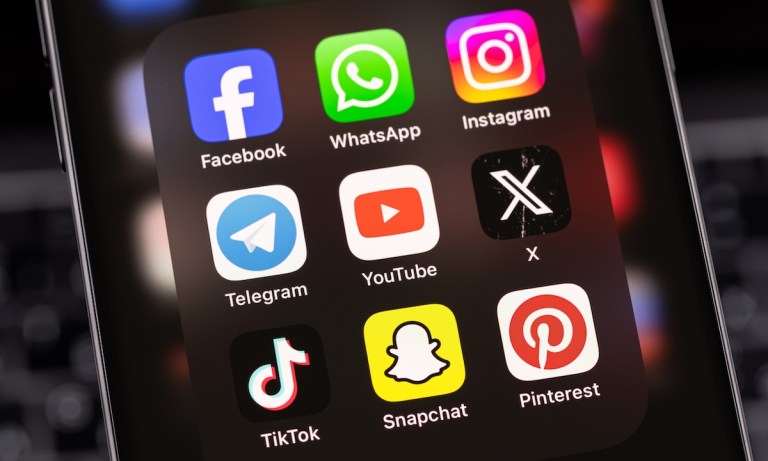Likes, Shares, Revenue: How SMBs Are Winning Big on Social

Social media’s reach has brought influencers, tweets and videos to mobile devices, changing the face of commerce and the ways businesses, particularly small- to medium-sized businesses (SMBs), can drive sales.
PYMNTS Intelligence’s “Global Digital Shopping Index: SMB Edition,” commissioned by Visa Acceptance Solutions, found that there’s a gulf between large firms and small enterprises when it comes to online sales. On average, SMBs with less than the equivalent of $10 million in annual sales generate lower percentages of their sales from major digital channels than large companies with sales above that threshold.
SMBs have less exposure to mobile-specific sales channels. While more than three-quarters of large companies have such websites in place, only about 52% of SMBs sell through their own mobile apps or mobile-optimized websites. Online-only SMBs use 1.9 channels on average versus 2.6 for large companies. SMBs are nearly four times as likely to operate only in physical channels.
Using Additional Digital Channels
However, within the digital divide there’s a recognition that among the online channels that SMBs do use, or should use, social media should be at the top of the list.
The appeal is partly financial, given that posting on these sites is low-cost or free, and linking back to merchants’ own sites provides a continuum of the shopping journey that enhances consumers’ discovery of new merchants and goods they might browse and buy. In addition, the emergence of payments within social media platforms helps make the commerce experience more seamless.
The report found that social media is used by roughly half of SMBs, which indicates that there’s an opportunity for the other half who have yet to build out their own social media profiles. That’s especially important given that PYMNTS Intelligence and Visa found that 63% of SMB sales are digital and split across social media platforms, websites and third-party platforms.
“The evenness of this split spotlights how important broad digital-first strategies can be, as relying on a single digital channel can forgo sales from the others,” the report revealed.
The need for a multipronged approach to digital sales is evident in the fact that it takes time for social media-fueled commerce to gain traction.
The PYMNTS Intelligence report “Generational Pulse: Just How Influential Are Influencers?” surveyed 3,200 consumers. It found that 56% of consumers make an influencer-recommended purchase at least once, while 12% do so more than six times annually.
Social media seems to be a channel that gains ground as consumers become more familiar with sellers online. A minority of consumers in the Generational Pulse report indicated they would be moved by influencers to buy goods or services for the first time. Only 23% of individuals who made an influencer-recommended purchase in the last year said they are open to doing so based on their first encounter with that influencer.
In the food category, 47% of consumers said they trust food and cooking influencers for product recommendations.



